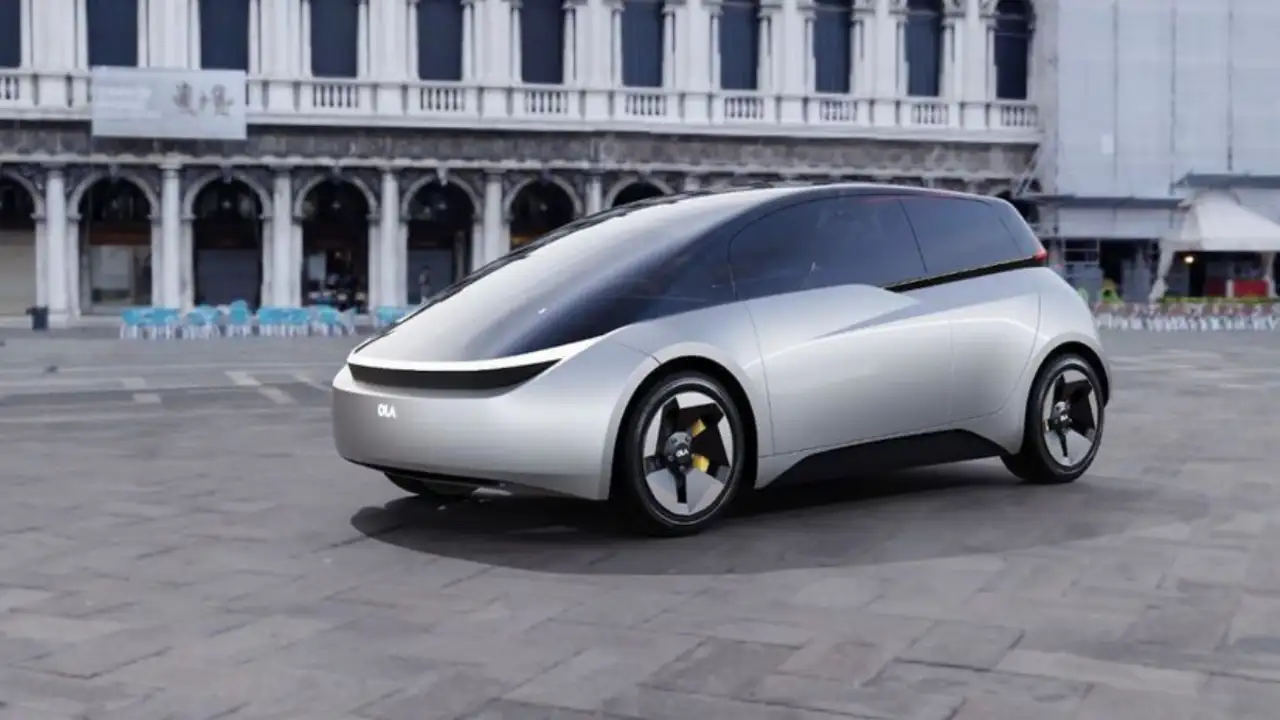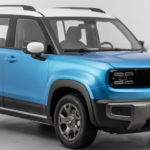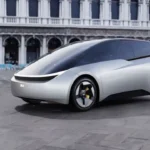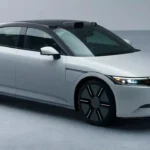Ola Electric, a leading name in India’s electric vehicle (EV) landscape, has been making waves with its ambitious plans to transform the country’s mobility ecosystem. Known primarily for its electric scooters, the company took a major step forward by announcing its foray into the electric car market. However, despite its strong brand presence and a growing appetite for EVs in India, Ola Electric’s car division has faced a series of challenges that have hindered its progress and created a bumpy start.
The company’s attempt to enter the electric car segment came with high expectations. But as 2025 unfolds, Ola Electric is grappling with production delays, logistical issues, and stiff competition—obstacles that have slowed its momentum and raised questions about its ability to keep pace with the rapidly evolving EV market.
Ambitious Plans, Lofty Expectations
Ola Electric’s entry into the electric car market was met with widespread excitement. With a reputation for disruptive innovation in the electric two-wheeler sector, the company was expected to bring the same level of innovation and affordability to electric cars. Ola Electric announced plans to launch a range of electric cars, targeting both the mass market and premium consumers, with features designed to cater to a wide variety of needs—from long battery ranges to affordable pricing.
The company’s strong backing and investment in state-of-the-art manufacturing facilities created optimism that it would quickly gain a foothold in the electric car segment. However, the road ahead has not been as smooth as anticipated.
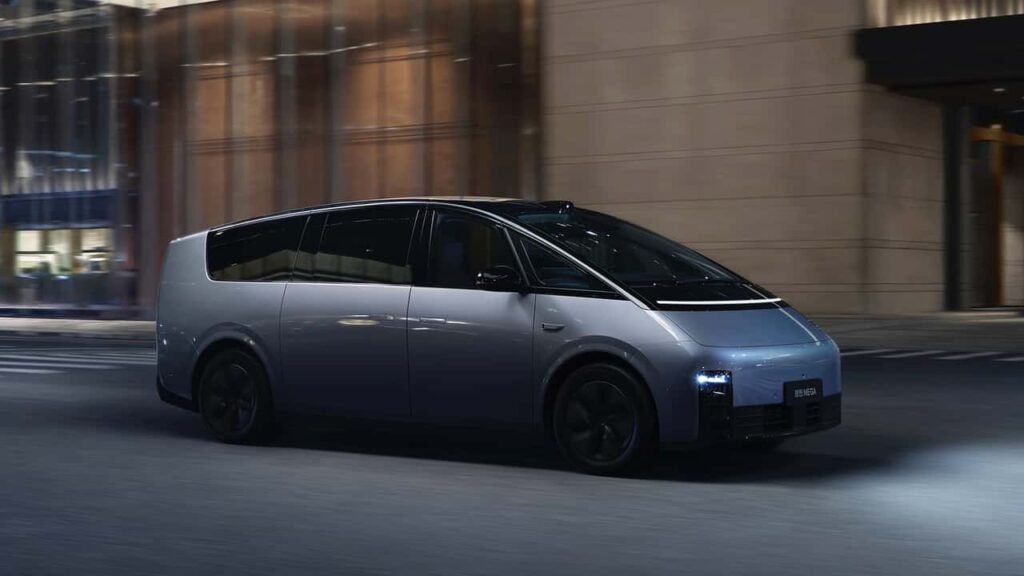
Production Delays and Supply Chain Woes
One of the primary hurdles Ola Electric has encountered is the delay in ramping up production. Despite unveiling prototypes and garnering pre-orders, the company has faced significant delays in its manufacturing timeline. The shift from electric two-wheelers to electric cars requires substantial investment in production capacity, as well as the establishment of supply chain relationships with component manufacturers.
However, Ola Electric has struggled to meet production targets, which has resulted in delayed deliveries for customers who were eagerly awaiting their vehicles. The lack of a streamlined supply chain, combined with global semiconductor shortages and challenges in sourcing key materials like batteries, has contributed to the delays.
For a company trying to establish itself in a highly competitive market, production setbacks are particularly damaging. These delays have led to frustration among early adopters, who have been waiting for their vehicles to hit the roads.
Competition from Established Automakers
Ola Electric’s ambition to disrupt the Indian electric car market faces stiff competition from both domestic and international players. Established automakers, such as Tata Motors and Mahindra Electric, have already launched successful electric cars and built a reputation in the market. These companies have a robust supply chain, extensive dealer networks, and deep customer trust, making it difficult for a newcomer like Ola Electric to quickly capture market share.
Additionally, global giants like Hyundai and Kia are ramping up their electric vehicle offerings in India, which only adds to the pressure on Ola Electric to prove its capabilities. With established players moving aggressively, Ola Electric’s delayed rollout leaves it playing catch-up, struggling to gain the competitive edge it once had.
Consumer Confidence and Brand Image
Ola Electric’s strong brand image in the two-wheeler market initially worked in its favor, but the company’s entry into the electric car space has highlighted gaps in consumer confidence. Early reports suggest that some potential buyers are wary of the brand’s ability to meet their expectations in the EV car market.
A combination of production delays, mixed reviews on the first prototypes, and concerns about after-sales service has affected the overall perception of the brand. In the car market, where consumer expectations around product quality, reliability, and after-sales support are high, Ola Electric must focus on building trust with customers to overcome these barriers.
The Road Ahead: Key Focus Areas for Ola Electric
Despite the rocky start, Ola Electric still has an opportunity to turn things around. The growing demand for electric vehicles in India, along with government incentives, creates a strong market potential. However, the company needs to focus on several key areas to regain momentum:
- Streamlining Production: Ola Electric must focus on resolving its production delays and scaling up its manufacturing capacity. Securing a reliable supply chain and investing in efficient production methods will be crucial to meeting customer demand.
- Improving Customer Service: Building a robust after-sales service network and providing transparent communication with customers will help restore trust and improve the overall brand perception.
- Differentiating from Competitors: To stand out in a crowded market, Ola Electric needs to focus on unique selling points, such as affordability, range, technology, and superior customer experience.
- Investing in Marketing: Effective marketing campaigns to educate consumers about the benefits of electric cars, as well as the company’s unique offerings, will help Ola Electric better connect with its target audience.
Conclusion: A Critical Juncture for Ola Electric
Ola Electric’s entry into the electric car market has been marred by production delays, supply chain issues, and intense competition. While the company’s ambitions remain intact, it is at a critical juncture in its journey. To succeed, Ola Electric must address its challenges head-on and work towards building a reliable, innovative, and customer-centric brand in the electric car segment. If the company can overcome these obstacles, it still has the potential to carve out a significant position in India’s growing EV market.
